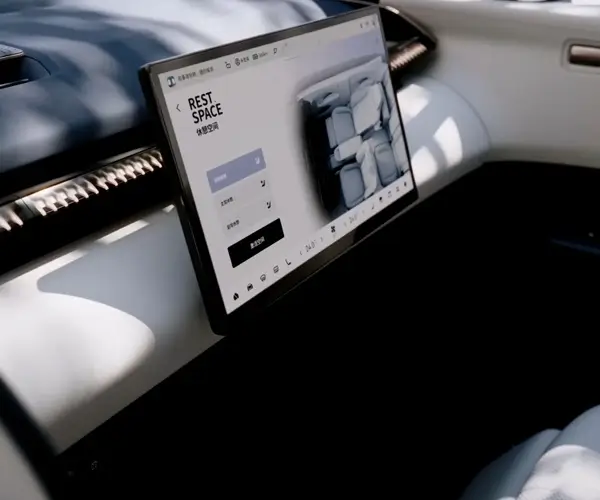Sure! Here's the first part of your soft article centered around the theme "240V Electric Motor with Reduction Gearbox."

In the vast landscape of industrial machinery and automation, electric motors serve as the silent workhorses powering our daily lives. From conveyor belts to robotics, their role is indispensable in transforming electrical energy into mechanical motion capable of driving complex operations. Among these, the 240V electric motor stands out as a versatile and widely used variant, especially suited for markets where standard household voltage is prevalent but industrial-grade power is required for more demanding applications.
Its popularity comes from the compatibility with common electrical systems, making installation straightforward while offering sufficient power output for numerous tasks. Yet, an electric motor's true potential is often unlocked when paired with a reduction gearbox—an integral component that enhances performance, control, and longevity.
A reduction gearbox, sometimes called a gear reducer, is designed to decrease the rotational speed while simultaneously increasing torque. This gear reduction is achieved through a carefully engineered set of gears—spiral, spur, or planetary gears—depending on the application requirements. When teamed with a 240V electric motor, the resultant assembly offers a potent combination: high torque at low speeds, improved efficiency, and the ability to handle demanding workloads with precision.
Imagine a conveyor system in a manufacturing plant: moving large, heavy items smoothly and reliably. A direct-drive motor might struggle with the required torque at manageable speeds, leading to potential overheating or wear. But with a 240V motor equipped with a reduction gearbox, the system can deliver the necessary force at slower rotational speeds, translating into more reliable operation and longer-lasting equipment. This synergy underscores the importance of choosing the right motor-gearbox pairing tailored to specific needs.
The fundamental appeal of a 240V motor with a reduction gearbox extends beyond industrial settings. Automotive manufacturing, robotics, packaging machinery, agricultural equipment—these industries benefit from the combination’s ability to provide controllable, powerful motion. The versatility stems from customizable gear ratios, allowing engineers to fine-tune the output to match exact specifications, whether it's slow, high-torque rotation or rapid, yet controlled, movement.
Efficiency also plays a vital role in the appeal of this duo. When designed properly, a reduction gearbox minimizes energy waste by optimizing the transfer of power from the motor to the load. That results in lower operational costs and reduced environmental impact—a combination increasingly important in today's sustainability-focused market. Moreover, the robustness and durability of both 240V motors and gearboxes mean less downtime and maintenance, translating into significant cost savings over their lifespan.
The development of reduction gearboxes has come a long way: modern units incorporate advanced materials and manufacturing techniques, such as high-strength alloys and precision machining, which enhance their ability to sustain high loads without deformation or failure. These improvements make today’s electric motor-gearbox assemblies not only reliable but also capable of operating under harsh conditions, including extreme temperatures, dust, moisture, or chemical exposure.
Interestingly, the customization options for these systems are extensive. Gear ratios can range from as low as 3:1 to as high as 100:1 or more, depending on the required torque and speed reduction. This flexibility enables engineers to tailor solutions to applications ranging from delicate laboratory instruments to heavy-duty industrial presses.
It's also worth noting that the integration of a reduction gearbox with a 240V electric motor can simplify mechanical design. Instead of requiring a specialized high-torque motor—which can be expensive and difficult to source—a standard 240V motor combined with a gearbox delivers the same (or better) performance characteristics through gear ratio adjustments. This approach offers a cost-effective, scalable pathway for expanding production or upgrading existing machinery.
As industries continue to evolve toward greater automation and precision, the role of 240V electric motors with reduction gearboxes becomes increasingly prominent. Their ability to deliver high torque, controlled movement, energy efficiency, and durability makes them a favorite among engineers and designers. Whether powering conveyor lines, robotic arms, or agricultural machinery, these components form the backbone of reliable and efficient mechanical systems.
In the next installment, we will delve into specific applications, discuss selection considerations and maintenance tips, and explore future innovations that promise to elevate this combination's performance to even greater heights. But for now, it’s clear: pairing a 240V electric motor with a reduction gearbox isn’t just a technical choice—it’s a strategic decision that can elevate operational efficiency and reliability to new levels.
Established in 2005, Kpower has been dedicated to a professional compact motion unit manufacturer, headquartered in Dongguan, Guangdong Province, China.




































